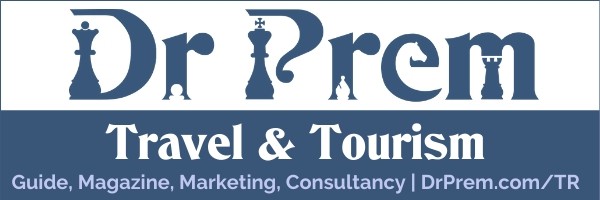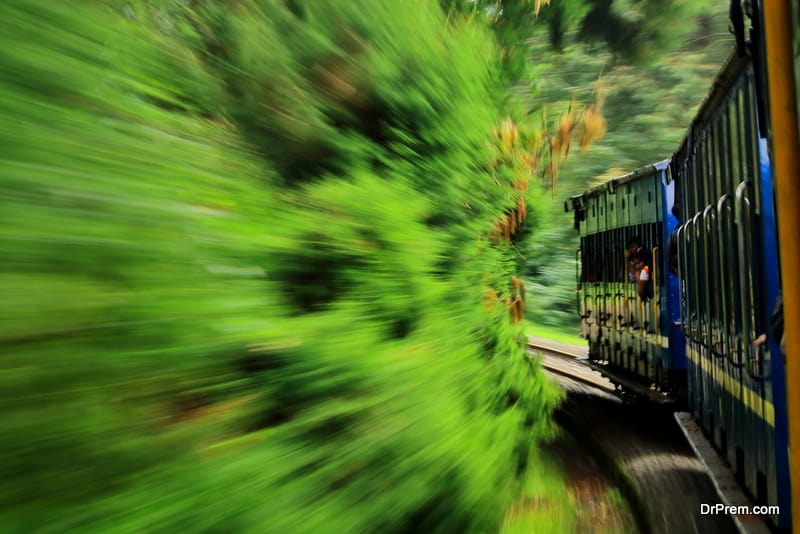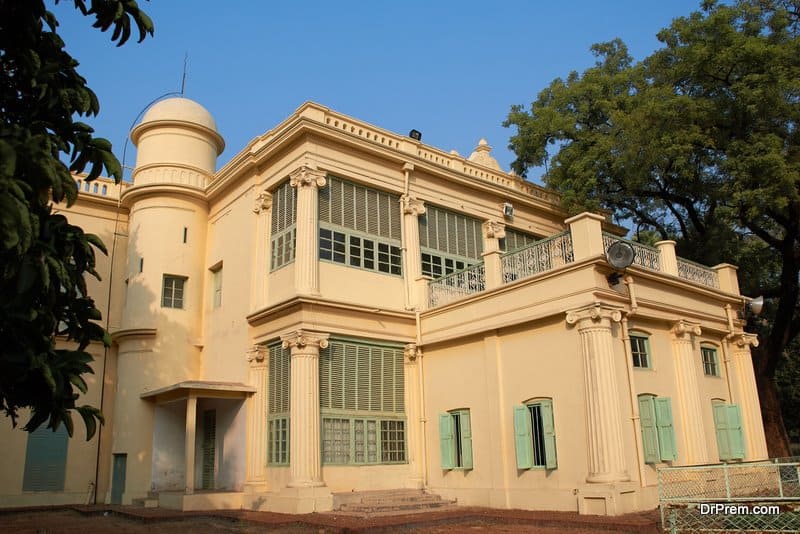Bharat Ram Devasi set off from his village Kanuja with 30 camels on October 29 for Pushkar Camel Fair in Ajmer District of Rajasthan. He reached Pushkar on November 3 traveling 120 km in six days. He had to make five night halts at Atpada, Patwa, Jaitarn and Raaz in Pali and then Pisangan in Ajmer before he reached Pushkar three days ahead of the fair.
Pushkar is known for the largest camel fair in the world. It is a weeklong fair which begins a week before Kartik Purnima and culminates on Kartik Purnima. This year it began on November 6 this year and ends on November 13 on Kartik Purnima or the full moon night in the month of Kartik according to the Hindu calendar.
Pushkar in also a very important pilgrim centre for Hindus. It is in fact called “teerthraj” which means “King of all pilgrimages” because of the sacrificial offering of fire (Yagya) performed by Lord Brahma here after creating the universe.
Arrival of pilgrims and tourists picks up tempo on ekadasi or the eleventh day of the waxing phase of moon in Kartik and retains it till the fair culminates on full moon night.
However, the camel sellers return to their villages after selling off their stocks and most of them are gone by the time the fair comes to a close.
Bharat has been coming to this fair year after year for the last 15 years. And, his ancestors have been coming here for generations.
Camels can be used for a variety of tasks. Camels are used as pack animals and also for pulling camel carts. They are also used for camel rides and camel safaris. Camels are also used for ploughing fields and for drawing water from wells. The Border Security Force uses camels for surveillance along our western border with Pakistan which is a desert area as no other means of transport can be used there.
The female camel matures at the age of three years and the male camel matures when he is four. The gestation period is one year after which a calf is born. The mother feeds milk to her calf for one year.
A male camel may father up to a hundred calves during his lifetime. But, he is never mated with females belonging to the next generation. Courting takes place only during winter months and it may stretch up to four months. Camels never mate during summer. The body hair of camels is trimmed around Holi every year to help it sustain the heat of the summer.
Teething begins at age four at which point the camels get their milk teeth. These are subsequently replaced by a set of permanent teeth. A complete set of an adult camel consists of 12 teeth.
A camel may live up the age of 35. A camel is considered to be old when he or she attains the age of 25. Around this age, they are released in the wild near the village to which they belong and they roam around freely for the rest of their lives.
Now most of the grazing lands have been acquired by the government and the camel breeders have to pay up to Rs.500 per camel for four months of grazing rights. Camels eat leaves from thorny plants, shrubs and trees. They are fond of thorns and are adept at eating them without getting hurt.
While shopping for camels the buyers carry out a thorough check to ensure that they are healthy. Their legs are checked to ensure that they are not crooked or fractured because these would have an impact on their gait and movement. Their shoulders and breast are checked to ensure that they are straight. The head of a healthy camel is usually upright and its ears are erect. Some buyers even insist that the hair under the neck of the camel be trimmed to ensure that it is not suffering from any disease.
Some four breeds of camels are brought to Pushkar every year. All of these are desi or local varieties. Out of these Trika is the best variety and Binda is the worst.
Camels come in three colours—black, buff and white. The camels sell at anything between Rs.3,000 a camel and Rs.70,000 a camel.
The camels are decorated with different ornaments when they arrive at the fair. Some of them have several bead necklaces around their necks. Many of them wear a colourful artificial flower on their snouts. Some of them use ornaments made of colourful strings and mirror work. Some get designer hair cuts. Some others are decorated using paint.
Coming back to Bharat, he belongs to the Devasi-Rewari community whose principal occupation is breeding camels, goats and sheep. His family lives in village Kanuja which falls under Tehsil Raipur in District Pali of Rajasthan.
However, Bharat himself leads the life of a wanderer taking his herd of camel from Rajasthan to Uttar Pradesh, Madhya Pradesh, Maharashtra and Chattisgarh. He says whenever he crosses a state border, he has to pay taxes to the octroi department which comes to Rs.40 per camel.
When Bharat leaves for Pushkar, he leaves behind young, old and pregnant camels in his village which are tended to by his family.
Bharat says camel milk sells for anything between Rs.20 and Rs.25 a kilo. But, it could cost a lot more…sometimes 10 to 20 times more depending upon availability and need of the customer. He says if a diabetic patient takes to camel milk for 6 months he or she would be cured of this ailment.
Camels live like a member of the family and they are fiercely protective of their masters.
They would think nothing of sacrificing their lives to protect their masters. Camels can deliver kicks with a lot of punch in them and they can bite real hard.
Camels have a keen sense of direction and would find their way back to their village if they are separated from their masters. They can find their way even in no-moon nights when it is pitch dark.
The Camel is also known as the ship of the desert. The camel is the only animal that can sustain itself in long trips across deserts though horses are sometimes used for shorter trips. Camels can survive without a drop of water for three or four days during summer and up to a week in winter.
Pushkar is home to the only Brahma temple in the world. But, it is the annual camel fair that attracts tourists from all over the world. Nobody seems to know as to how the camel fair came to be associated with Pushkar.
Lord Brahma has been worshiped here from the beginning of time and the camel fair too is being organized from time immemorial.
Image Credit



